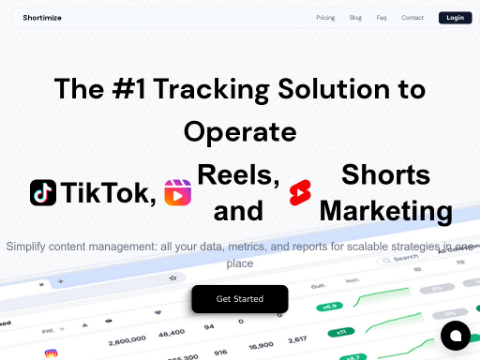Recently, OpenAI unveiled its ambitious roadmap for the future development of artificial intelligence, marking a significant leap forward in the AI sector. This roadmap includes the official launch of the new o1 series models and a series of substantial enhancements to the existing GPT series. During a webinar, OpenAI shared forthcoming features and improvements, revealing that each series will be deeply customized for specific applications.
New Frontiers in Artificial IntelligenceOpenAI's future plans focus on two main pillars: the dual-track development of the o1 series and the GPT series. The o1 series is engineered for long-term reasoning, aiming to meet the demands of areas that require sustained analytical capabilities, such as scientific research and corporate strategic planning. Meanwhile, the GPT series continues to serve as a versatile solution, offering robust support across a wide range of domains.
Both series will receive major updates, including new features like web browsing, file and image uploads. These enhancements are designed to broaden the models' practicality, enabling more efficient interaction with the real world and providing users with a more interactive and responsive intelligent experience.
OpenAI is also actively exploring cutting-edge technologies such as video summarization, 3D object synthesis, and audio processing, as well as optimization strategies like dynamic model routing. These innovative technologies will significantly enhance the models' ability to understand and generate complex multimedia content, opening up new possibilities in media, design, education, and other fields.
Enhancing Model Capabilities: Bridging AI with the Real WorldThe updates to the o1 and GPT series will significantly expand their interaction capabilities with the real world. The addition of web browsing functionality will enable the models to access internet information in real-time, providing users with timely and accurate insights and analyses. Additionally, the file and image upload features will allow users to provide contextually relevant information directly to the models, resulting in more accurate and personalized responses.
In specialized fields such as medical diagnosis and architectural design, these enhanced features will greatly improve the accuracy and efficiency of AI-assisted decision-making. For instance, by analyzing uploaded medical images, the models can offer more precise diagnostic suggestions. In architectural design, the models can generate three-dimensional models based on user-uploaded blueprints, assisting designers in their creative processes.
Expanding Functionality: Pushing the Boundaries of AIOpenAI is exploring new functionalities that have the potential to transform various industries. Some of the exciting capabilities under development include:
- · Video Summarization: Automatically extract key information from video content
- · 3D Object Synthesis: Generate three-dimensional models based on textual descriptions
- · Audio Processing: Analyze and generate complex audio content
These innovations are expected to enhance the models' ability to understand and generate complex multimedia content, creating new possibilities in media production, design, education, and other sectors.
Additionally, OpenAI is considering the implementation of dynamic model routing to optimize responses based on query complexity. This feature aims to ensure efficient and accurate outputs by directing queries to the most suitable model or combination of models, potentially improving response times and accuracy across a wide range of applications.
Applications and Integration: Transforming IndustriesWith the integration of these advanced models, numerous application opportunities will emerge across various industries. From business analytics to content creation, OpenAI's models are expected to facilitate more complex and detailed interactions, driving innovation in fields that rely on AI-driven insights and automation.
Some potential applications include:
- · Advanced natural language processing for improved customer service chatbots
- · Complex data analysis tools for financial forecasting and risk assessment
- · AI-assisted content creation in marketing and media production
- · Enhanced language translation services with improved contextual understanding
As more powerful models are released, new application scenarios are likely to emerge, further expanding the impact of artificial intelligence across economic and societal domains.
Commitment to Research and Development: Ensuring ExcellenceOpenAI's ongoing evaluation and testing of the o1 series demonstrate its commitment to research and development. This rigorous process aims to optimize the models' advanced reasoning and problem-solving capabilities, ensuring they meet high-performance standards. The company's dedication to excellence includes:
- · Extensive testing across various scenarios and use cases
- · Collaborating with industry experts to identify and address potential limitations
- · Continuously improving algorithms to enhance accuracy and efficiency
- · Considering ethical issues in the development and deployment of artificial intelligence
The release of OpenAI's future plans marks a pivotal moment in the evolution of AI technology. By introducing the o1 series and implementing significant improvements to the GPT series, OpenAI is committed to delivering new innovations that will shape the future of AI applications. As these technologies continue to develop, they will unlock new possibilities across various industries, drive innovation, and transform the ways we work, learn, and interact with the world around us.








